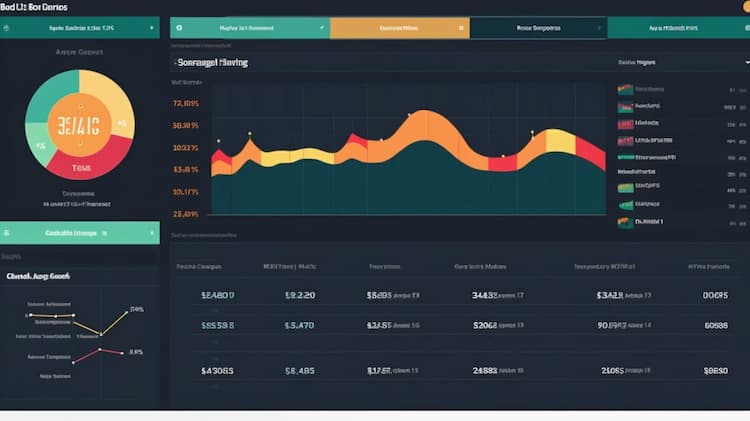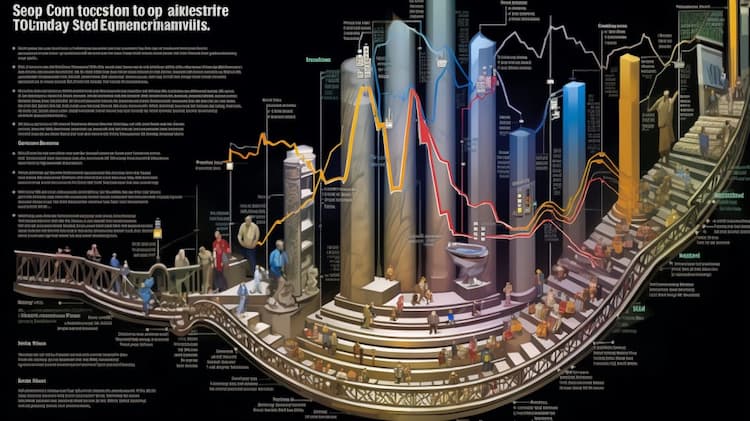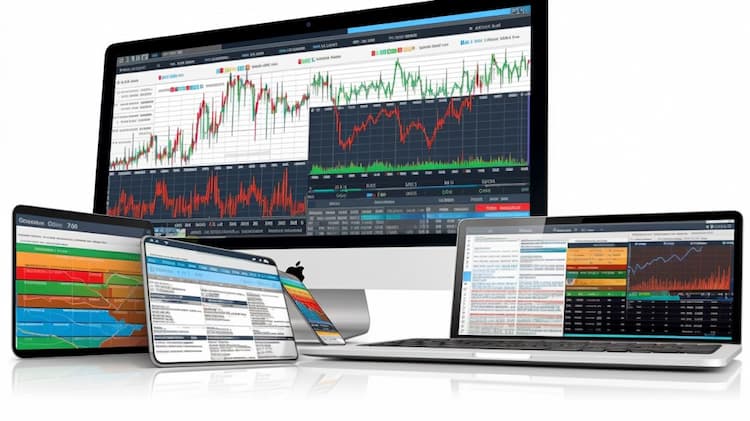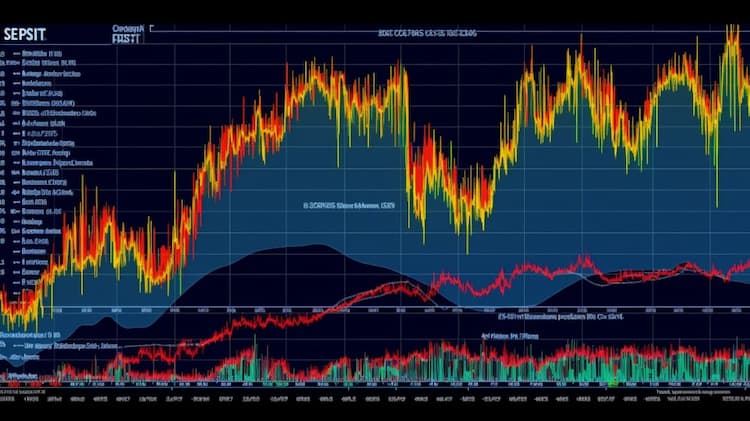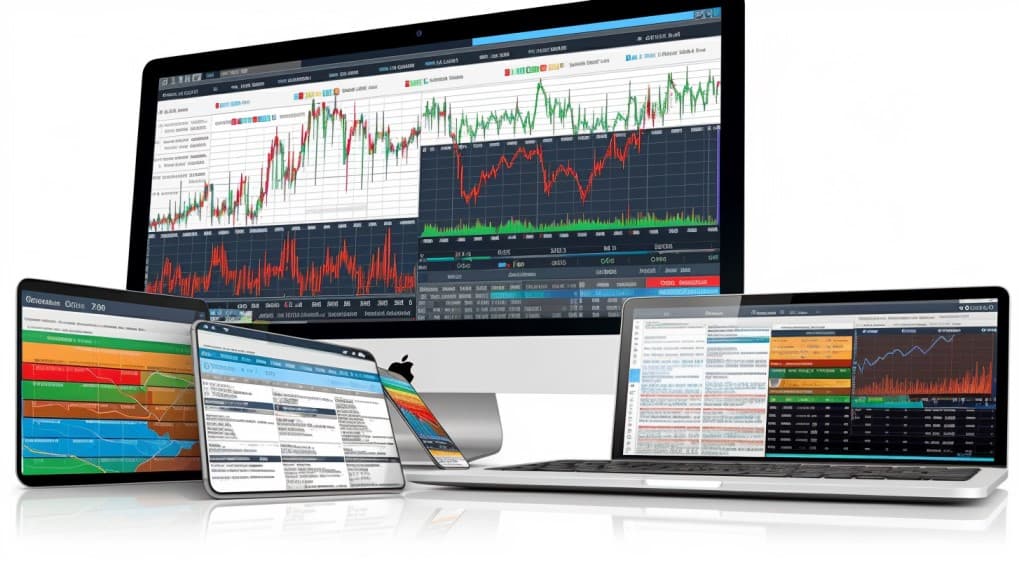
XLF VS KCE
Exchange-Traded Funds (ETFs) have brought a remarkable transformation to the world of investments, allowing individuals to gain diversified exposure across a wide array of sectors and asset classes. In this article, we will embark on an in-depth exploration of two prominent ETFs: XLF (Financial Select Sector SPDR Fund) and KCE (SPDR S&P Capital Markets ETF). We will delve into various facets including ETF tickers, full names, issuers, sectors, top holdings, capitalization, strategy, tracking, and exposure.
XLF Vs KCE: Overview
XLF and KCE are two ETFs that offer distinct investment approaches within the financial sector. While XLF seeks to mirror the performance of financial companies in the S&P 500 Index, KCE focuses specifically on capital market-related businesses. The dissimilarities in their objectives translate to contrasting risk profiles and exposures, which we will dissect in the subsequent sections.
XLF Vs KCE: Sectors and Top Holdings
The XLF ETF is centered around the broader financial industry, encompassing banking, insurance, real estate, and diversified financial services. Its top holdings include renowned financial giants like JPMorgan Chase, Berkshire Hathaway, and Bank of America. Conversely, KCE invests in companies involved in asset management, securities brokerage, and investment banking. Recognizing the sectors and dominant holdings can empower investors to make informed decisions aligned with their investment objectives and risk appetite.
 XLF overlap XLF VS KCE
XLF overlap XLF VS KCE
XLF Vs KCE: Capitalization and Strategy
XLF boasts substantial assets under management (AUM), indicative of its popularity among investors aiming to tap into the performance of financial institutions. KCE, with its specialized focus on capital market firms, offers a different strategic approach. The variance in capitalization and strategy between these two ETFs introduces diverse potentials for returns and risks, necessitating prudent consideration by investors.
XLF Vs KCE: Tracking and Exposure
XLF's primary objective is to offer investors exposure to the fluctuations in the value of financial companies within the S&P 500 Index. KCE, on the other hand, provides exposure to capital market-related businesses through tracking an underlying index. The tracking methodologies differ; XLF follows the financial sector of the S&P 500, while KCE tracks an index of capital market companies. Comprehending these divergent tracking and exposure strategies aids investors in selecting the ETF that aligns with their investment preferences and risk tolerance.
Conclusion
XLF and KCE represent distinctive ETFs, each catering to a specific niche within the financial sector. For individuals seeking a more comprehensive insight into the intricacies of holdings, correlations, overlaps, and other valuable insights, the ETF Insider emerges as an invaluable tool. With its user-friendly application, it furnishes an extensive array of information about these and various other financial instruments, thereby assisting investors in making well-informed decisions.
Disclaimer: This article is intended solely for informational purposes and does not offer any form of investment advisory services.
Sources:
ETF issuer websites: www.xlfspdrs.com, www.ssga.com
Financial news sources: www.bloomberg.com, www.cnbc.com
XLF quote and analysis
Discover the top holdings, correlations, and overlaps of ETFs using our visualization tool.
Our app allows you to build and track your portfolio.
To learn more about the XLF Financial Select Sector SPDR Fund, access our dedicated page now.
FAQ
Why is XLF better than KCE?
XLF may be considered better than KCE for some investors due to its specific focus, offering diversification.
Does KCE beat XLF?
KCE's performance relative to XLF will vary over time, depending on market conditions.
Should I invest in XLF or KCE?
The choice between XLF and KCE should align with your investment goals, risk tolerance, and desired exposure.
Are XLF and KCE good investments?
Both XLF and KCE can be suitable investments depending on individual investment strategies, goals, and risk profiles.
What is the correlation between XLF and KCE?
The correlation between XLF and KCE can vary over time, reflecting differences in performance.
